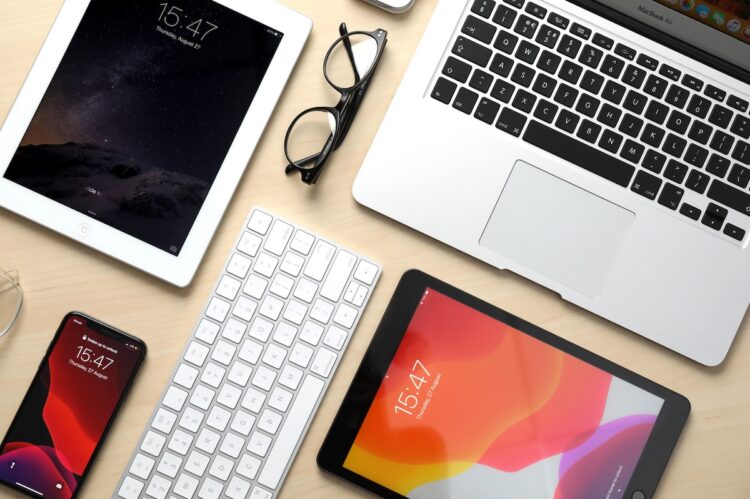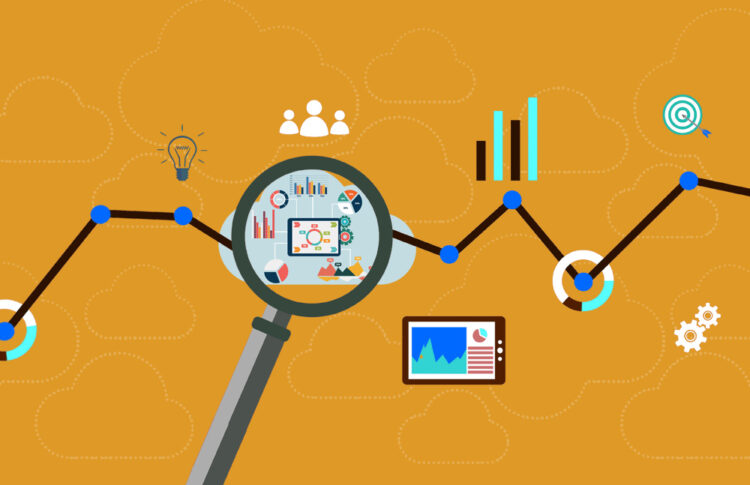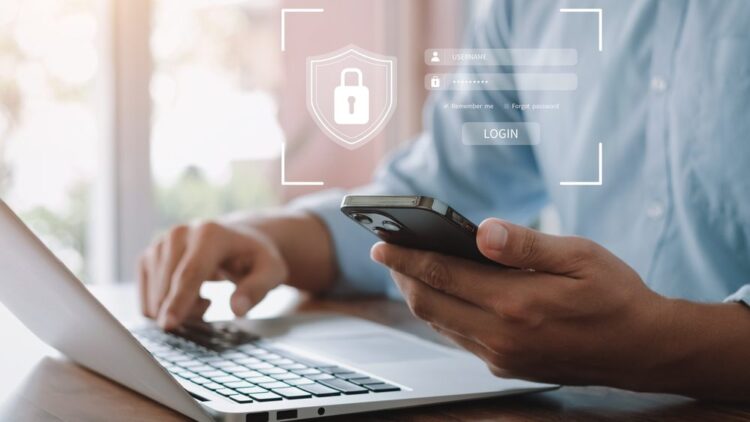Before the pandemic, the working world was fairly reliable and predictable. Unfortunately, COVID-19 changed all that, throwing a lot of uncertainty into the mix. This forced us to adapt our working practices quickly to remain productive. The companies that adapted the quickest tended to be the ones that remained competitive. In fact, there are so many ways to work remotely, it’s easy to see why some people initially struggled.
Now, as the new Arcturus variant starts to take hold, it’s time to adapt yet again and make sure you have the right technology in place to ensure the efficiency of your team.
If your team doesn’t have the right technology or if they are working in an unorganized fashion due to lack of communication abilities, your reputation will suffer and your customers will feel disappointed. They may even take their custom elsewhere.
To ensure this doesn’t happen when working remotely, here is some of the technology you might like to use for your team.
1. Devices

If your team is working remotely then you need to make sure they have all the relevant devices and hardware they need. For instance, if they need a laptop or a computer at home to do their work, you need to make sure that this machine is available and in good working order. It also needs to be loaded with the relevant software to enable them to do their job.
If the person needs a tablet or a mobile phone, then again, make sure they have access to this.
2. Broadband
When working remotely, your workers will need to use the internet to remain in touch with the rest of their team. They will also likely need it to provide customer service and send files back and forth.
As such, it’s imperative that your remote workers have a reliable internet connection and that it works at a good speed.
3. Project management software
Project management software is essential as it can help your remote team liaise in real-time with each other when they are putting a project together.
4. Communication tools

When working remotely, it’s important that your team can stay in contact. Ensure your team has access to a video conferencing platform so that they can communicate face-to-face despite being miles apart.
Make sure that everyone has access to email and that people know each other’s email addresses or have easy access to them.
Online telephone software is a good addition to your communications system, as they tend to be cheaper than the traditional phone and they ensure that everyone—whether they have a phone or not—can make calls.
5. Access to a live webcast platform
Chances are there will be times when you or your team need to hold a presentation. This could be to provide training, to demonstrate how a new product works to your team, or to communicate information to potential customers, to name just a few. As such, access to a reliable live webcast platform is essential.
6. Management and monitoring tools

If you’re concerned that some of your workers may not be pulling their weight or that they aren’t coping well, then management and monitoring tools can help fix this by giving you insights into your team.
7. Cloud computing
To ensure all your remote workers have access to the files and software they need, cloud computing and storage are an important addition to your remote setup.
8. Customer engagement platform
To ensure your workers can handle customer service remotely and at speed, a customer engagement platform is needed. This option allows you to gather all your customer communication channels in one place, giving you a quick and easy ability to answer any enquiries that come your way.
9. Cybersecurity Measures
Cybersecurity measures play a crucial role in ensuring the safety and integrity of your work-from-home tech infrastructure, especially as the Arcturus COVID variant spreads.
Installing reputable antivirus software is essential to protect your devices from malware and other cyber threats. Antivirus software scans files, websites, and applications for known malware signatures, suspicious behaviors, and vulnerabilities. It helps detect and remove viruses, ransomware, spyware, and other malicious software that can compromise your data and system security.
10. Two-Factor Authentication (2FA):

Enabling two-factor authentication (2FA) adds an extra layer of security to your online accounts. With 2FA, you need to provide two forms of identification to access an account—a password and a second factor, typically a unique verification code sent to your mobile device or generated by an authentication app.
By enabling 2FA for all relevant accounts, such as email, cloud storage, and collaboration platforms, you significantly reduce the risk of unauthorized access even if your password is compromised. It adds an additional barrier for attackers, as they would need physical access to your second factor device to gain entry.
11. Data Backup
Regularly backing up important files is vital to prevent data loss in case of system failures, malware attacks, or accidental deletion. By maintaining up-to-date backups, you can easily restore your data and minimize the impact of such incidents.
There are two primary backup options: external drives and cloud storage. External drives, such as external hard drives or USB flash drives, offer the advantage of physical control over your data. You can regularly back up your files by manually copying them to the external drive. However, keep in mind that physical backups may be susceptible to loss, theft, or damage, so it’s important to store them securely.
Remember to test your backups periodically to ensure their integrity and usability. Regularly reviewing and updating your backup strategy will help safeguard your important work-related data and minimize the impact of potential cybersecurity incidents.
Conclusion
In conclusion, as the Arcturus COVID variant spreads, the setup of work-from-home technologies becomes paramount. Establishing a reliable internet connection, leveraging video conferencing and collaboration tools, implementing VPN technology, using project management platforms, and prioritizing cybersecurity measures are crucial steps. By investing in these technologies, businesses can ensure seamless remote work operations, maintain productivity, and safeguard the well-being of their employees during these challenging times.







